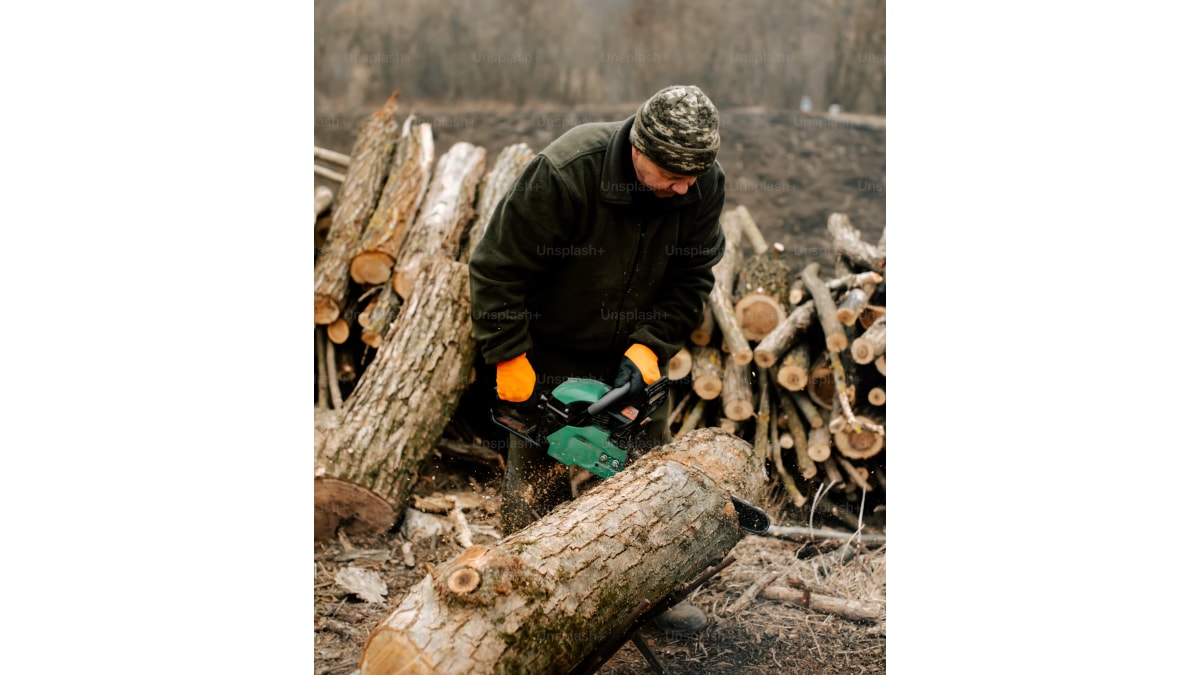In 2013, a team led by Ning Zeng, a climate scientist from the University of Maryland, unearthed a remarkable find while conducting an experiment in Quebec, Canada. The researchers were digging a trench to test if burying wood under clay soil could prevent its decomposition and keep carbon locked away from the atmosphere. During this process, they unexpectedly discovered a 3,775-year-old Eastern red cedar log buried just two meters below the ground. This ancient log, still containing 95 percent of its carbon, demonstrated the potential effectiveness of clay as a carbon-preserving medium.
A Natural Solution to Carbon Storage
For years, scientists and environmental experts have been exploring new ways to remove carbon dioxide from the atmosphere. Ning Zeng's team initially aimed to test if wood burial could be a low-cost, natural approach to long-term carbon storage. While researching clay soil's ability to inhibit decomposition, their discovery suggested a promising solution already existed in nature. By covering wood with layers of clay, oxygen and microbes are kept from reaching it, thus helping to preserve its carbon content.
According to to Daniel Sanchez who is an environmental scientist at the University of California, Berkeley, this affordable approach holds great potential. He notes that as global emissions continue, inexpensive solutions like these are critical. Burying wood could reduce emissions at an estimated $30 to $100 per tonne of CO2, significantly less than other carbon-capturing methods.
Affordable and Practical Potential
The researchers estimate that replicating these conditions could allow up to 10 billion tonnes of carbon to be stored annually by 2060. This will potentially help in reducing greenhouse gases. The wood vault design proposed by Zeng involves burying wood under clay, which forms a protective barrier. Although the long-term durability of these conditions is still under review, Zeng's team has concluded their original study, and findings suggest practical applications for climate mitigation efforts.


